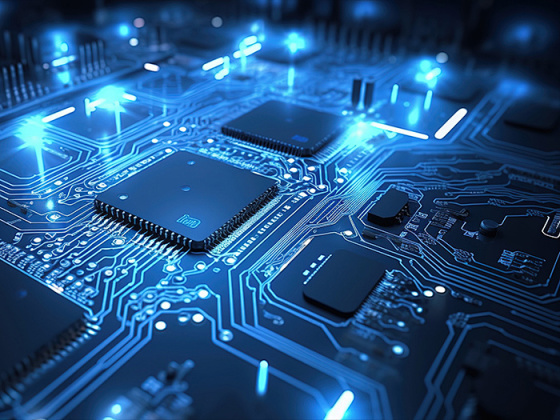Unfolding the Future: Real-World Applications of Flexible PCBs
May 13,2025

Introduction: The Flexible PCB Revolution
Ah, the world of electronics! It’s like a bustling bazaar, full of innovation and surprising turns. Among the myriad of components that have emerged, Flexible PCB stands out like a diamond in the rough. But what exactly is a Flexible PCB, and why is it creating such a buzz in different industries? Let’s dive into this fascinating topic!
What is a Flexible PCB?
Simply put, a Flexible PCB, or Printed Circuit Board, is a type of circuit board that can bend and flex without breaking. Think of it as the yoga master of electronics! These boards are made from flexible materials, allowing manufacturers to create compact, lightweight devices that can fit into snug spaces. They’re a game changer, folks!
The Rise of Flexible PCBs
In the fast-paced world of tech, being agile is vital. Flexible PCBs have sprung up in response to the demand for smaller, more efficient devices. Whether it’s in medical gadgets, smartphones, or even automotive applications, the need for flexibility is at an all-time high. And trust me, this trend isn’t slowing down anytime soon!
Industry Applications: Where Flexible PCBs Shine
Now, let’s get to the juicy part—how are flexible PCBs being utilized across different sectors? Grab a snack and let’s explore!
1. Medical Devices
In healthcare, precision is crucial. Flexible PCBs are being used in devices like wearable health monitors and implantable sensors. They allow for the creation of compact and lightweight devices that can comfortably adhere to the human body. Talk about a flexible solution for a rigid problem!
2. Consumer Electronics
Smartphones, tablets, and smartwatches have all embraced the Flexible PCB revolution. With the increasing demand for slim and sleek designs, these boards help manufacturers pack more functionality into less space. Plus, they enhance durability, meaning your favorite gadgets can withstand the rigors of daily life.
3. Automotive Industry
In cars, flexible PCBs are popping up everywhere! From dashboard displays to advanced driver-assistance systems (ADAS), they play a crucial role in modern vehicle technology. The ability to bend and adapt means they can fit into tight spaces and contribute to the overall vehicle design without compromising performance. Talk about driving innovation!
Advantages of Flexible PCBs
So, what’s the big deal about using flexible PCBs? Let’s break it down:
- Space-Saving: With their ability to bend, they can fit in places traditional PCBs simply can’t.
- Lightweight: They’re significantly lighter than their rigid counterparts, making them ideal for portable devices.
- Durability: Flexible PCBs can withstand high levels of stress and strain, reducing the likelihood of breakage.
Challenges Faced by Flexible PCB Manufacturers
Of course, it’s not all sunshine and rainbows. Manufacturers face challenges like:
- Cost: The production of flexible PCBs can be more expensive, impacting the overall pricing of the final product.
- Complexity: Designing flexible boards requires specialized knowledge and techniques, which can complicate the manufacturing process.
Conclusion: A Flexible Future
As we traverse through the electronics landscape, Flexible PCB technology continues to unfold like a well-crafted origami masterpiece. Its applications across various industries showcase not only the versatility of these boards but also their potential to redefine the way we interact with technology. So, whether you’re a tech enthusiast or a business owner, keep your eyes peeled for the next big thing—flexibility in electronics is here to stay!
Contact Us
E-mail :
shirley@threestar.com.tw
E-mail :
joyce@threestar.com.tw
E-mail :
johnhan@threestar.com.tw


